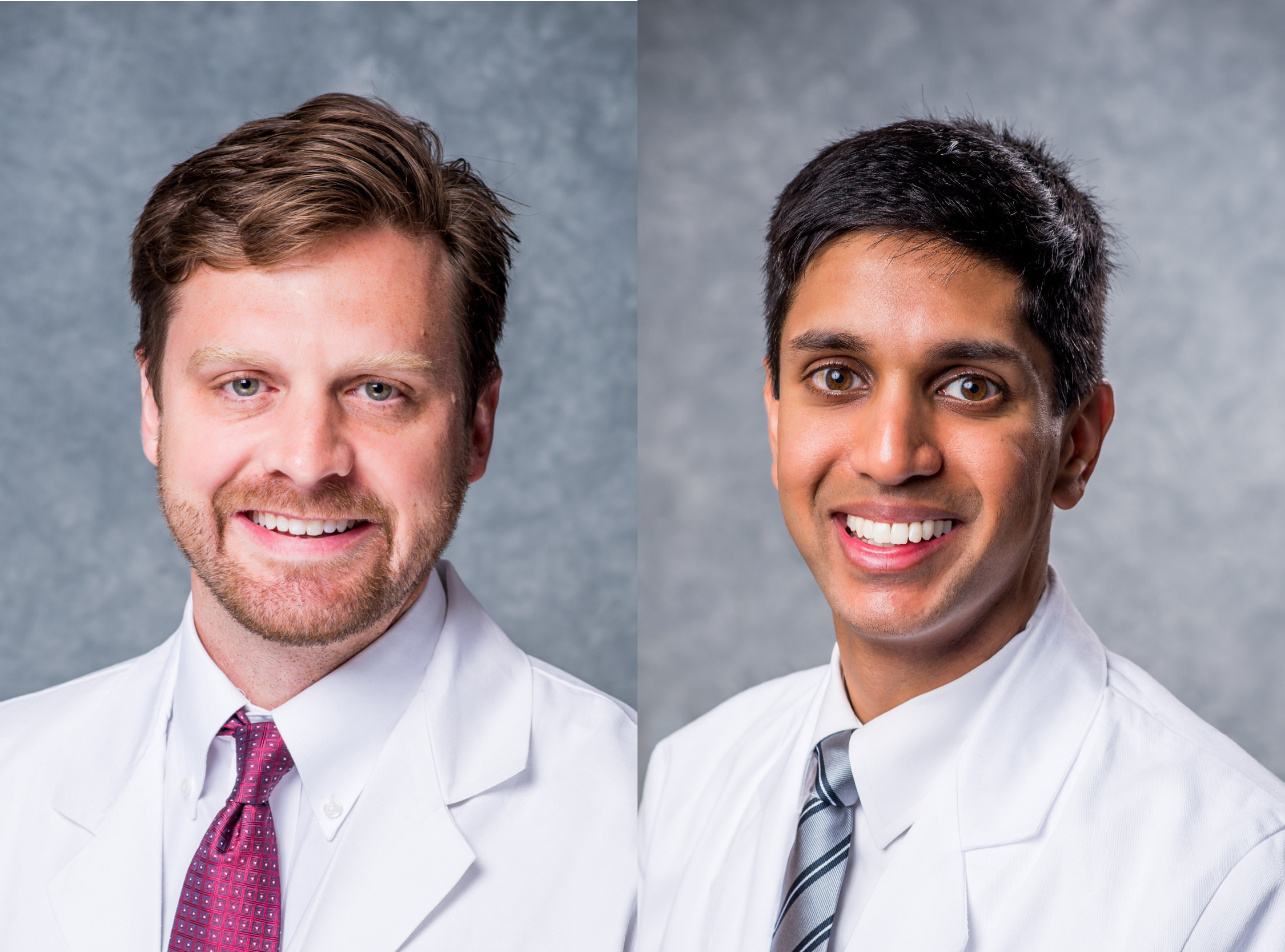 UAB Department of Orthopaedic Surgery Associate Professor Will Brabston, M.D., alongside Associate Professor Amit Momaya, M.D., published a study addressing the outcomes of allograft reconstruction on osseous humeral head defects such as Hill-Sachs (HS) or Reverse Hill-Sachs (RHS) lesions.
UAB Department of Orthopaedic Surgery Associate Professor Will Brabston, M.D., alongside Associate Professor Amit Momaya, M.D., published a study addressing the outcomes of allograft reconstruction on osseous humeral head defects such as Hill-Sachs (HS) or Reverse Hill-Sachs (RHS) lesions.
The study was published this month in the Journal of Shoulder and Elbow Surgery (JSES) and is titled “Allograft reconstruction for humeral head defects in the setting of shoulder instability: a systematic review.”
Hill-Sachs (HS) or Reverse Hill-Sachs (RHS) lesions are impaction-type defects in the head of the humerus bone, often associated with recurrent shoulder dislocations. There are many surgical techniques that address these types of injuries but no study has reviewed the outcomes of allograft reconstruction in HS or RHS lesions in a systematic manner.
The team of researchers at UAB reviewed 84 allograft-treated patients, 44 with HS legions and 40 with RHS legions. The average age of HS legion patients was 27 years and RHS legion patients were 43 years of age. Patients with HS legions had a greater postoperative range of motion and average Constant-Murley score (87.9) than those with RHS legions (80.1). In addition, 20.5% of HS patients experienced postoperative complications, whereas 42.5% of RHS patients had postoperative complications.
The study concludes that osteochondral allograft reconstruction for large HS and RHS lesions is acceptable albeit with some complication risk. Patients with HS legions experienced significantly fewer complications than those with RHS lesions after surgery.
To read more about the study and its results, click here.